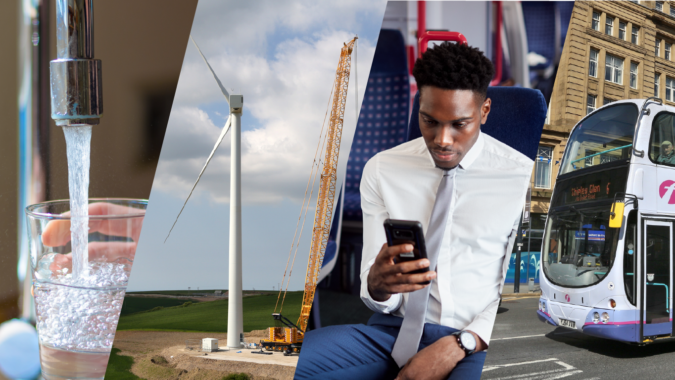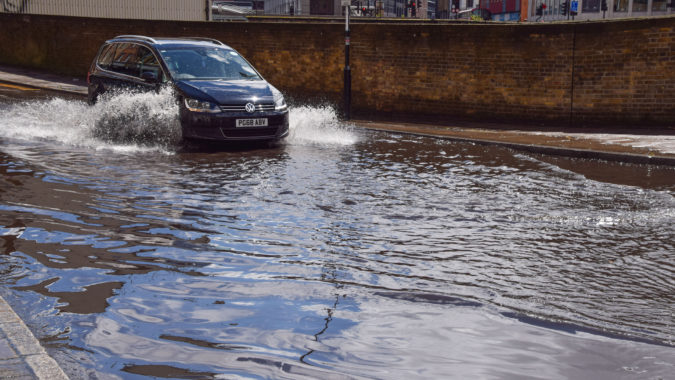The Victorians led the world in infrastructure with the creation of railways, paved roads and trams. The engineers and planners of the post-war era built motorways, airports and millions of new homes. And in recent years we’ve seen such successes as Manchester’s tram network, Canary Wharf, the transformation of Birmingham New Street and the infrastructure supporting the 2012 Olympic and Paralympic Games.
But infrastructure planning and investment have been patchy and erratic in recent decades. To support sustainable economic growth and compete on the global stage, we need to raise our game.
That’s why the National Infrastructure Commission was formed two years ago, to better plan for what the country needs long into the future. Our remit covers a range of sectors, from transport to energy supplies, and from new digital technologies to maintaining flood defences.
Central to this is the delivery of a National Infrastructure Assessment – the first ever for this country – looking ahead up to 2050. No other public body has attempted a review of infrastructure in this way before, or taken such a long-term perspective in doing so. Today we’ve published the first phase of this work, in which we identify three key challenges – the three Cs:
We need to tackle congestion, in the roads, rail and in the skies: investing in projects such as HS3 and Crossrail 2 as well as in public transport within cities. But perhaps the most serious failure of all so far has been the indecision over airport capacity in the South East of England, with 13 years having passed since the first policy statement in favour of a third runway at Heathrow.
There needs to be greater capacity, on our digital networks as we move towards 5G and ultrafast broadband technology, but also by building infrastructure to support new homes, and in preparing for extremes of weather with better flood protection measures. And we will need significant new electricity generating capacity, as well as a more flexible energy system, as a high proportion of the UK’s power stations reach the end of their working lives over the coming decades.
And we need to reduce our carbon emissions, making the most of falling costs of renewable energy sources, but also preparing our roads for increased use of electric vehicles, which will in turn help to improve air quality.
Making better use of the infrastructure will be a key part of the solution, for which new technologies will be crucial. Smart systems can deliver major improvements to the operation and maintenance of our roads, railways, energy networks and other infrastructure systems, but only if the digital connectivity is available to support them.
This first phase of the Assessment published today is a consultation, and I would urge all organisations and individuals to have their say. The findings will then help inform the final National Infrastructure Assessment, which we’ll publish in 2018.
This is an exciting opportunity, to help shape how we meet the country’s infrastructure needs right up to the middle of this century, and to provide the certainty and stability that investors need to be able to back the major projects that support economic growth, improve competitiveness and enhance people’s quality of life. But it will also build on the legacy of those Victorian innovators, and post-war builders, so we can continue to have an infrastructure record we can be proud of long into the future.




